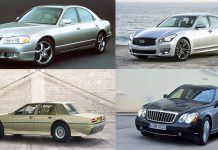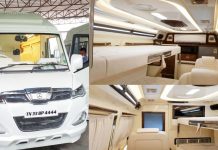The Hindustan Ambassador was an automobile manufactured by Hindustan Motors of India. It was in production from 1958 to 2014 with few improvements and changes over its production lifetime. The Ambassador was based on the Morris Oxford series III model, first made by Morris Motors Limited at Cowley, Oxford in the United Kingdom from 1956 to 1959.
On 11 February 2017, Hindustan Motors executed an agreement with PSA Group for the sale of the Ambassador brand, including the trademarks, for a consideration of ₹80 crore (US$11 million). The tie-up entails two joint venture agreements between the companies of the two groups.
Ambassador modified at Rm Car Decors,Coimbatore Tamilnadu


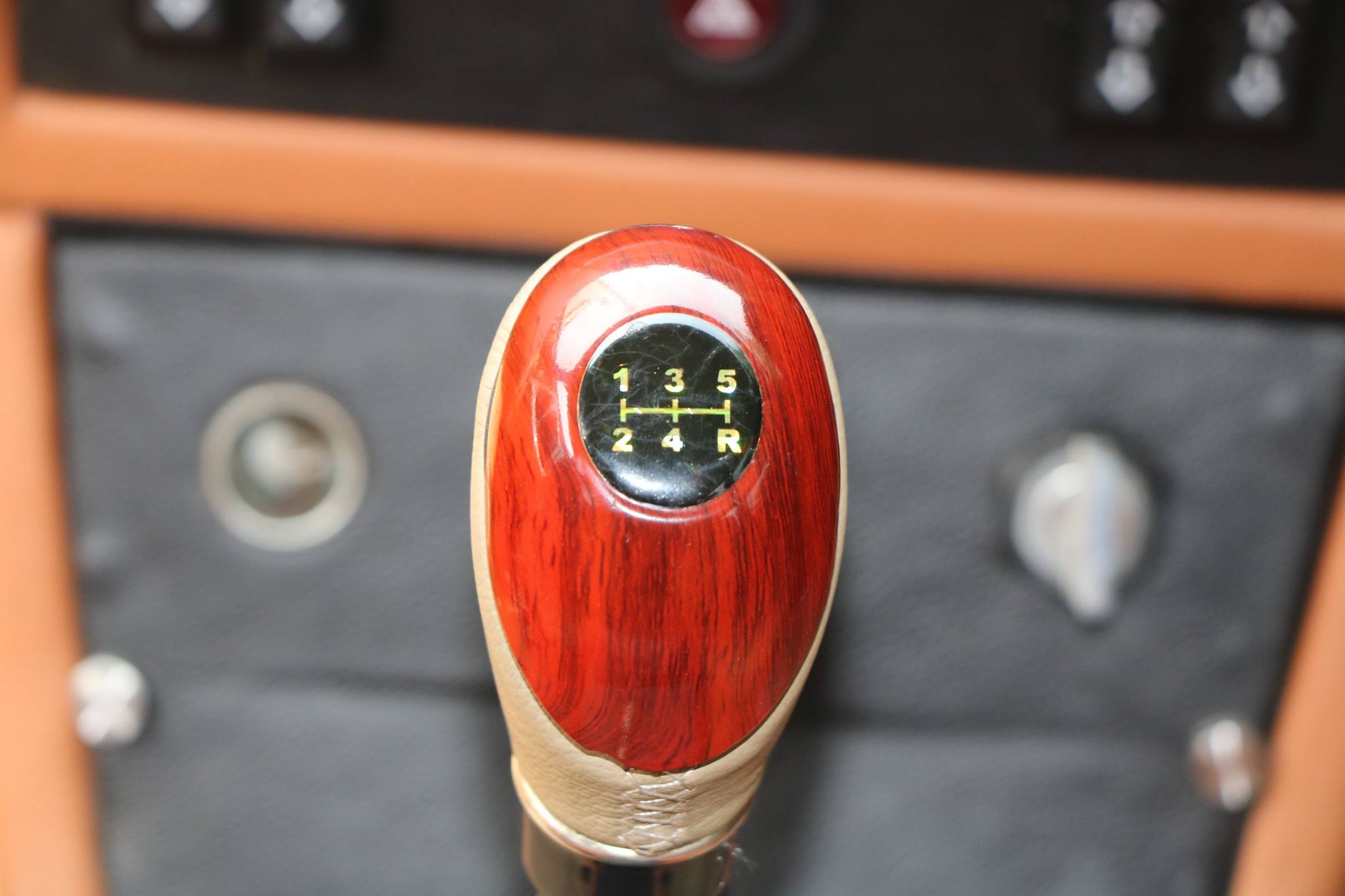
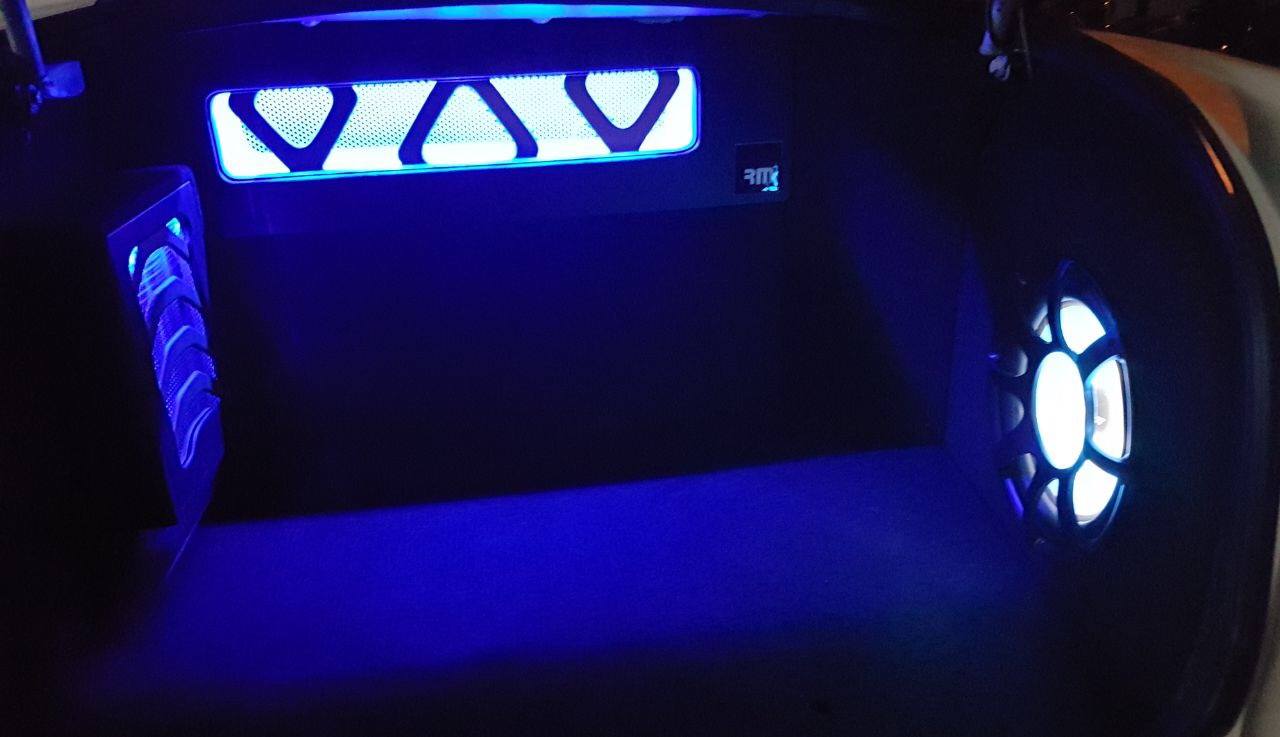
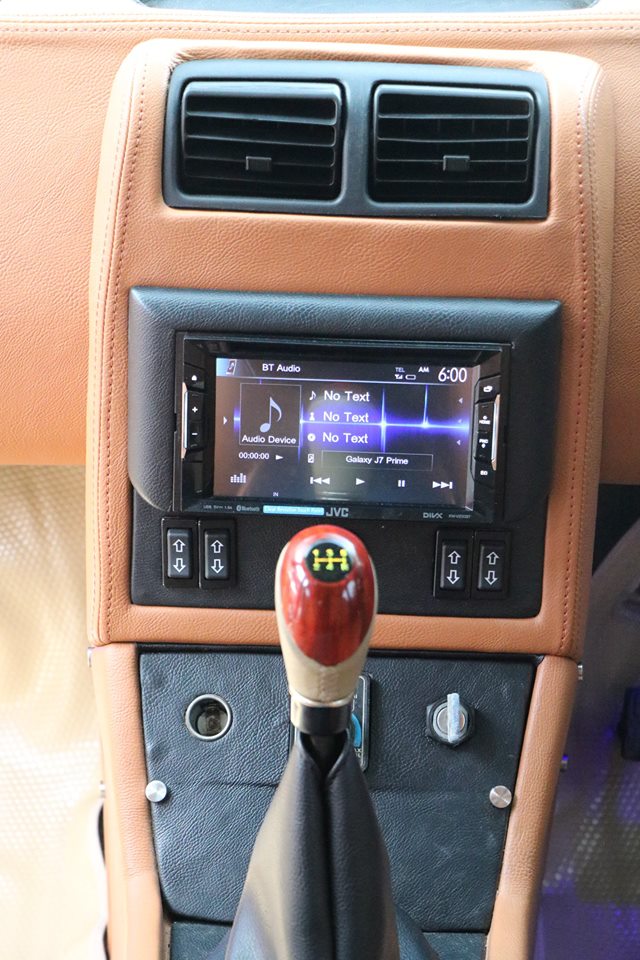
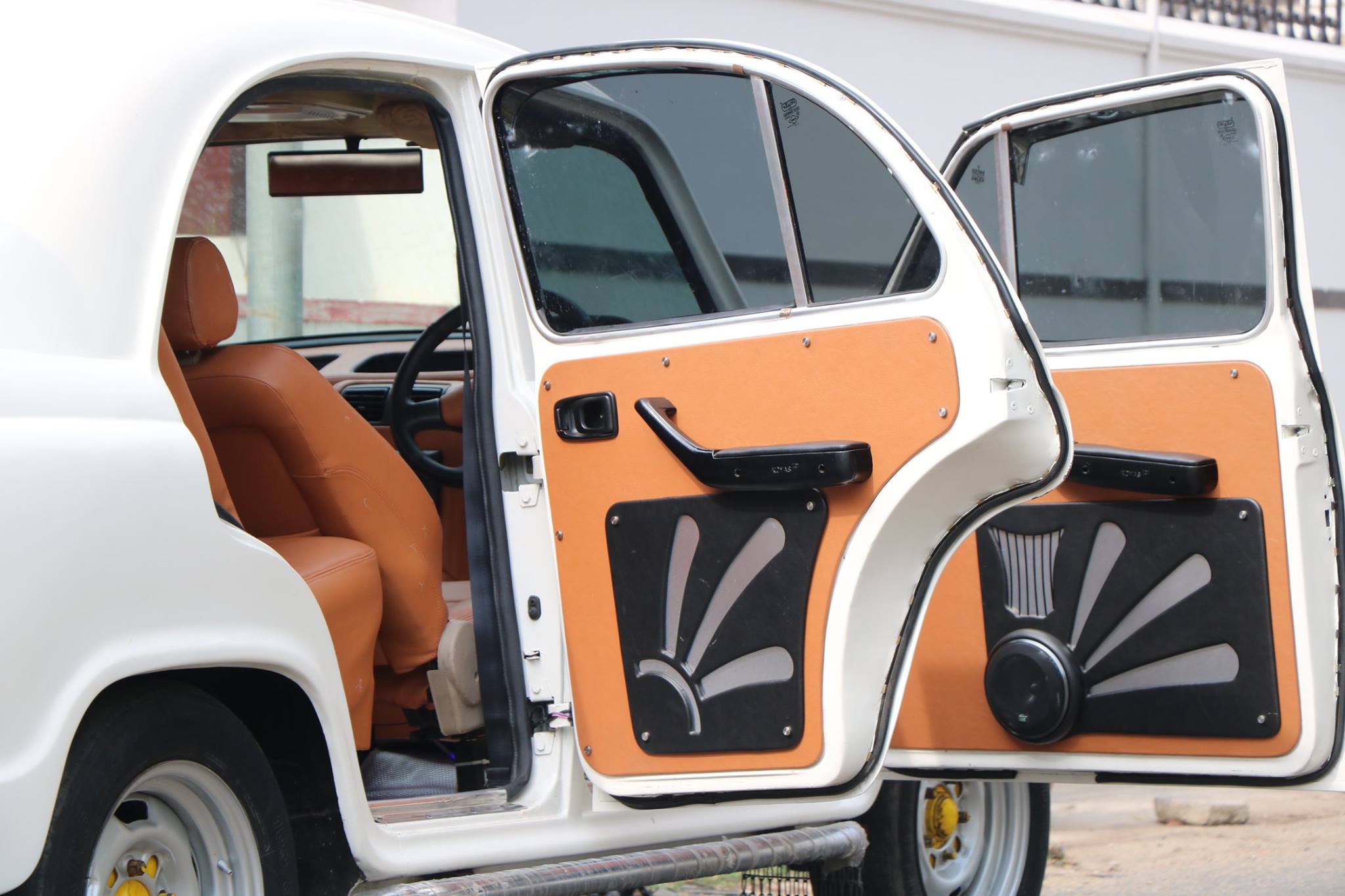
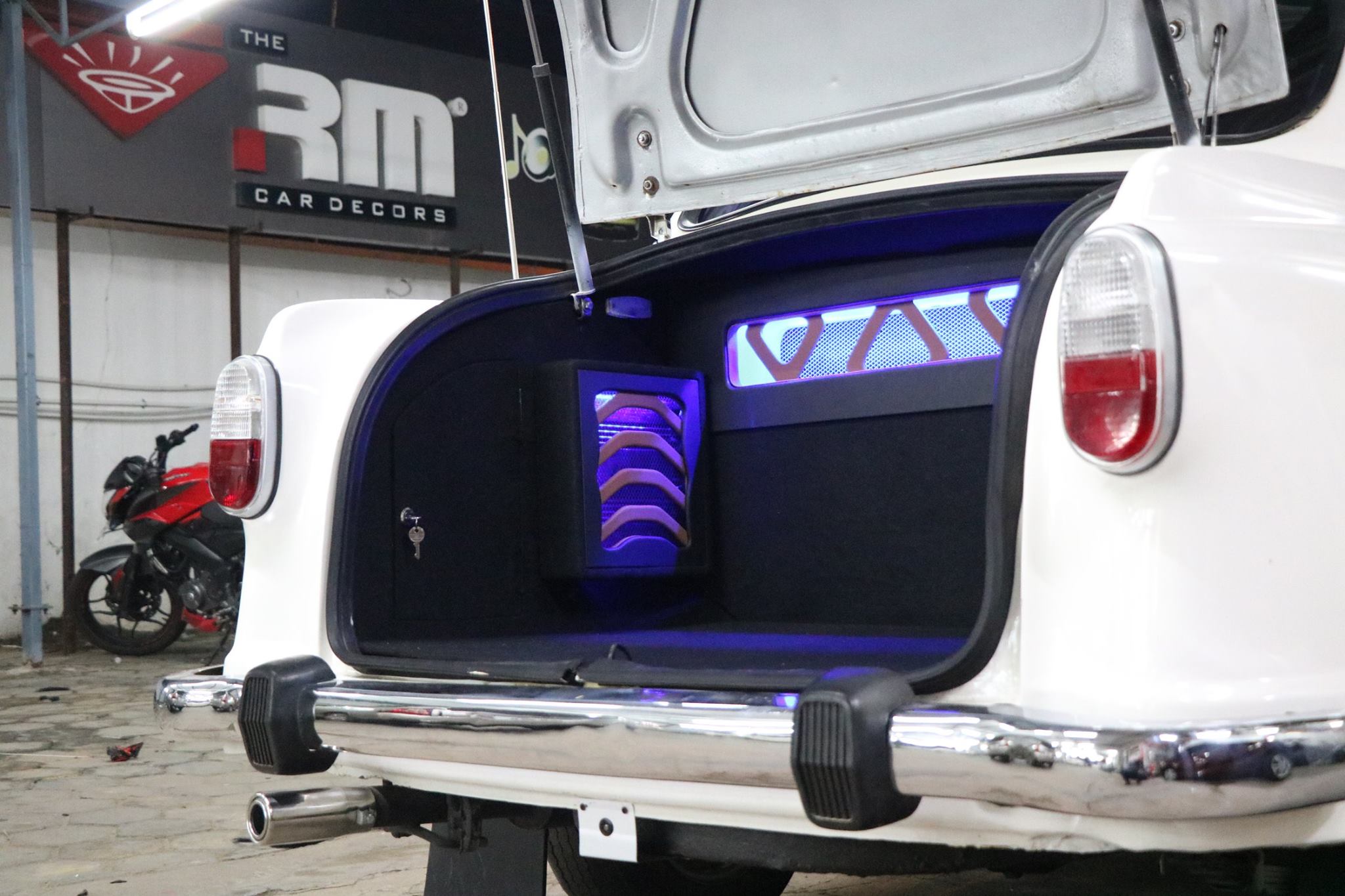
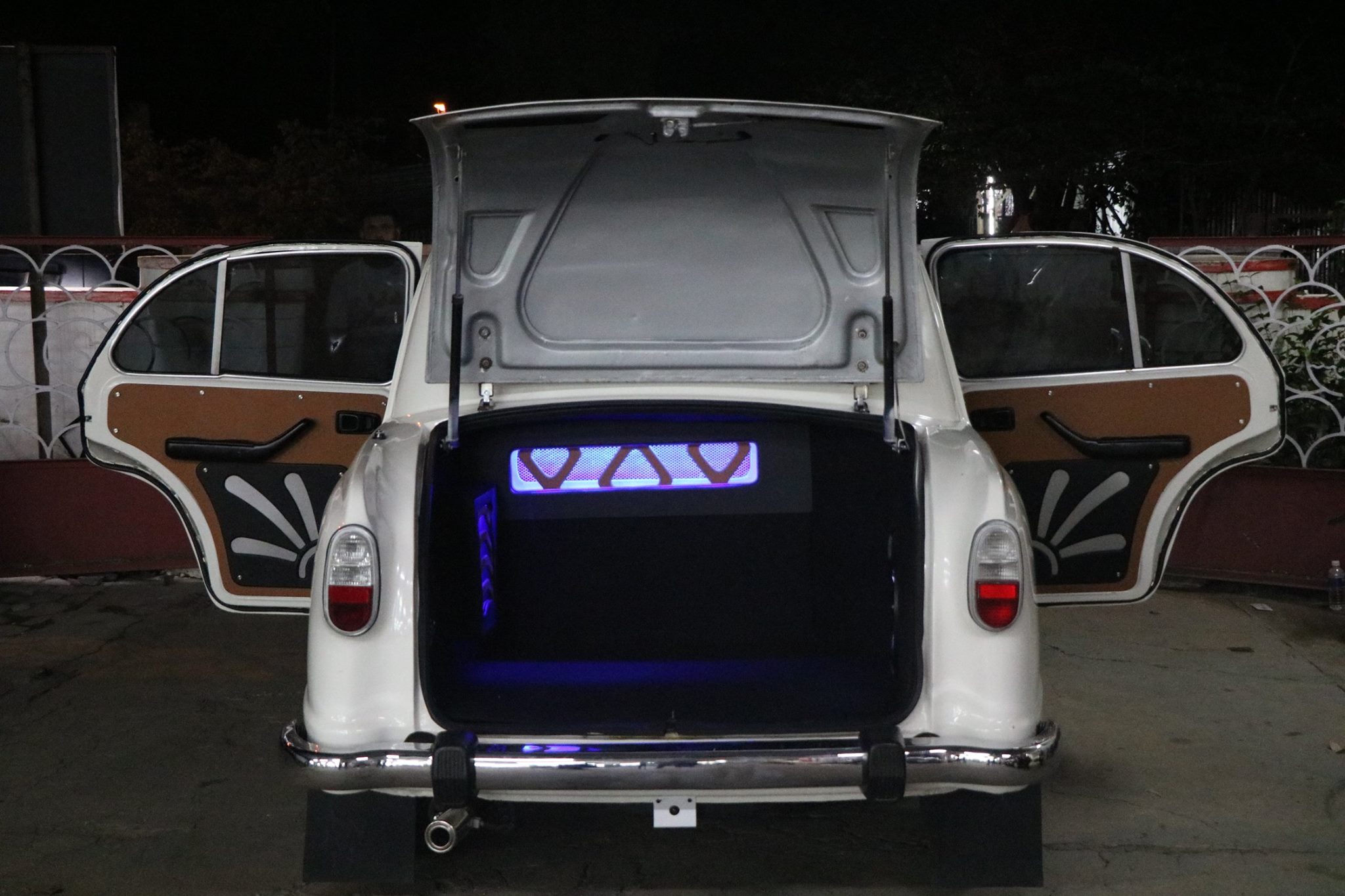
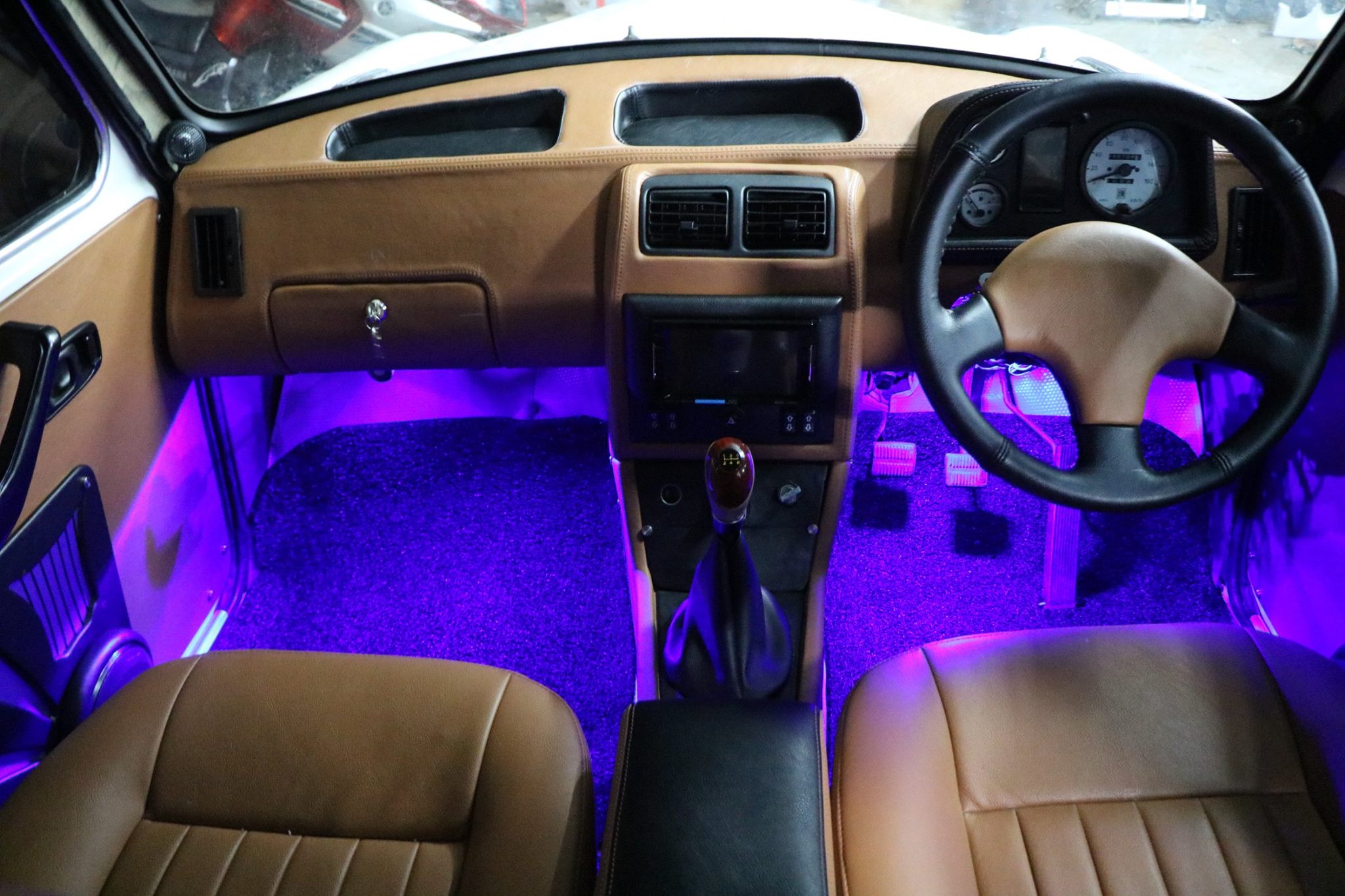
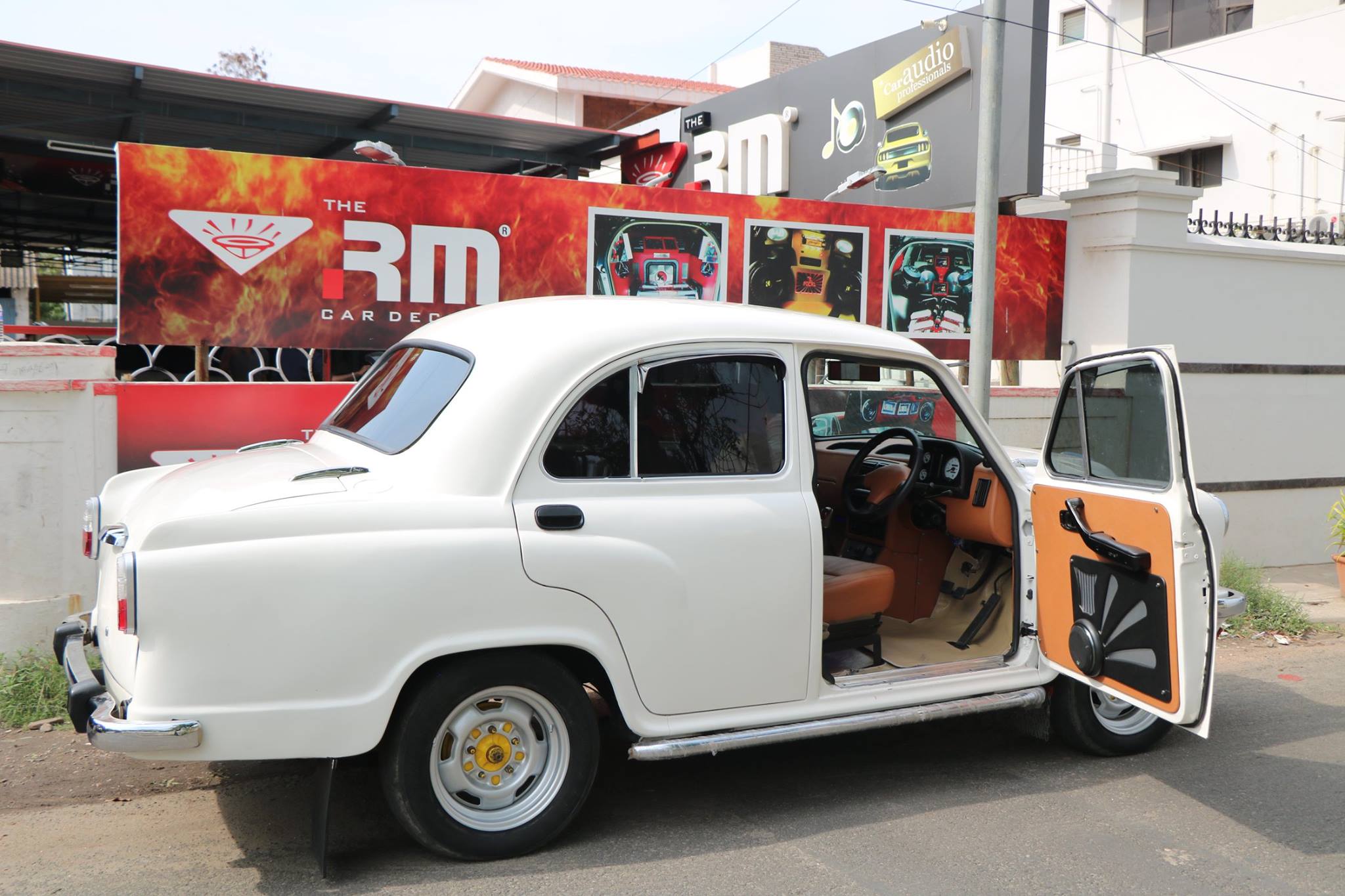
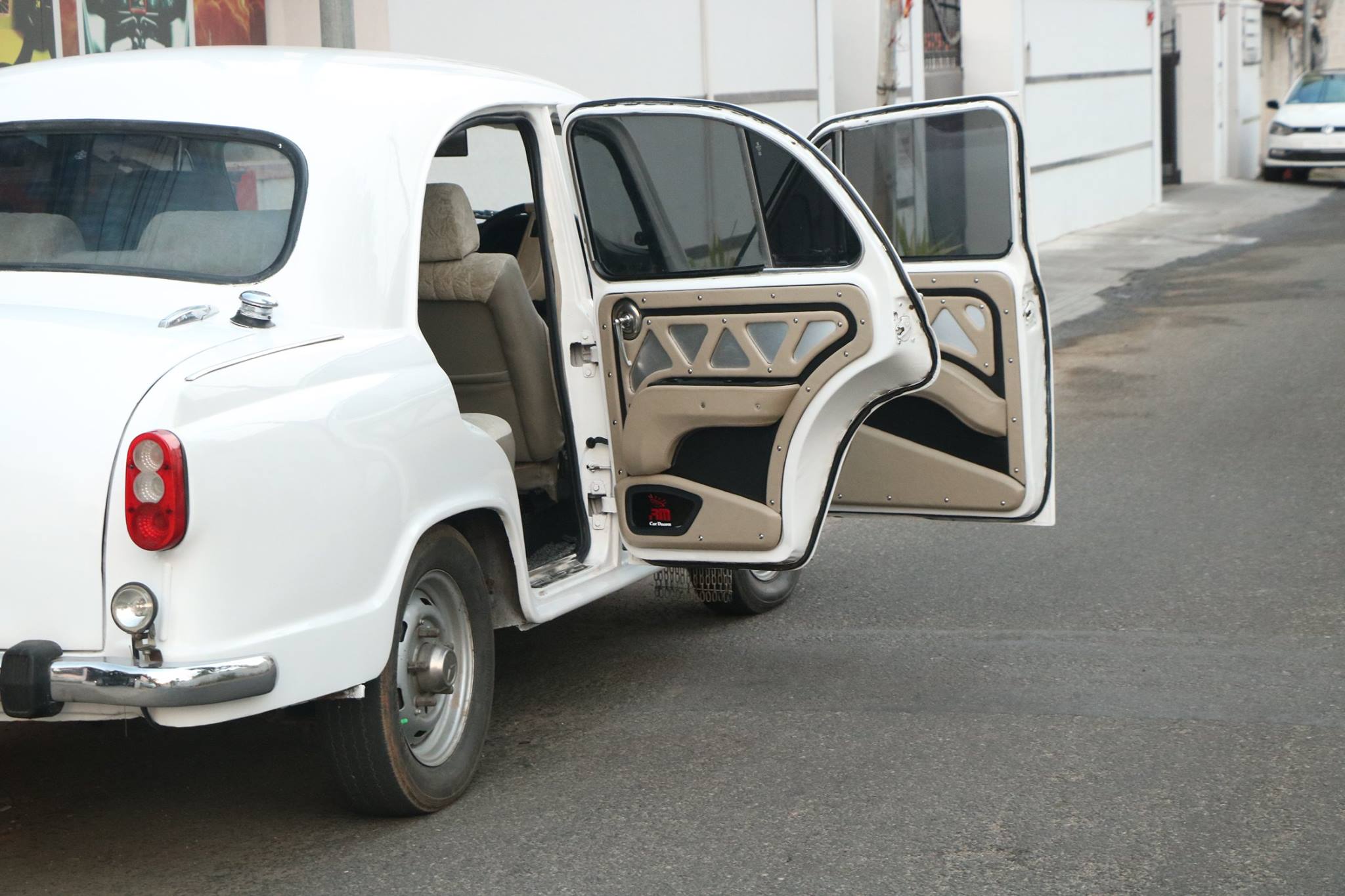
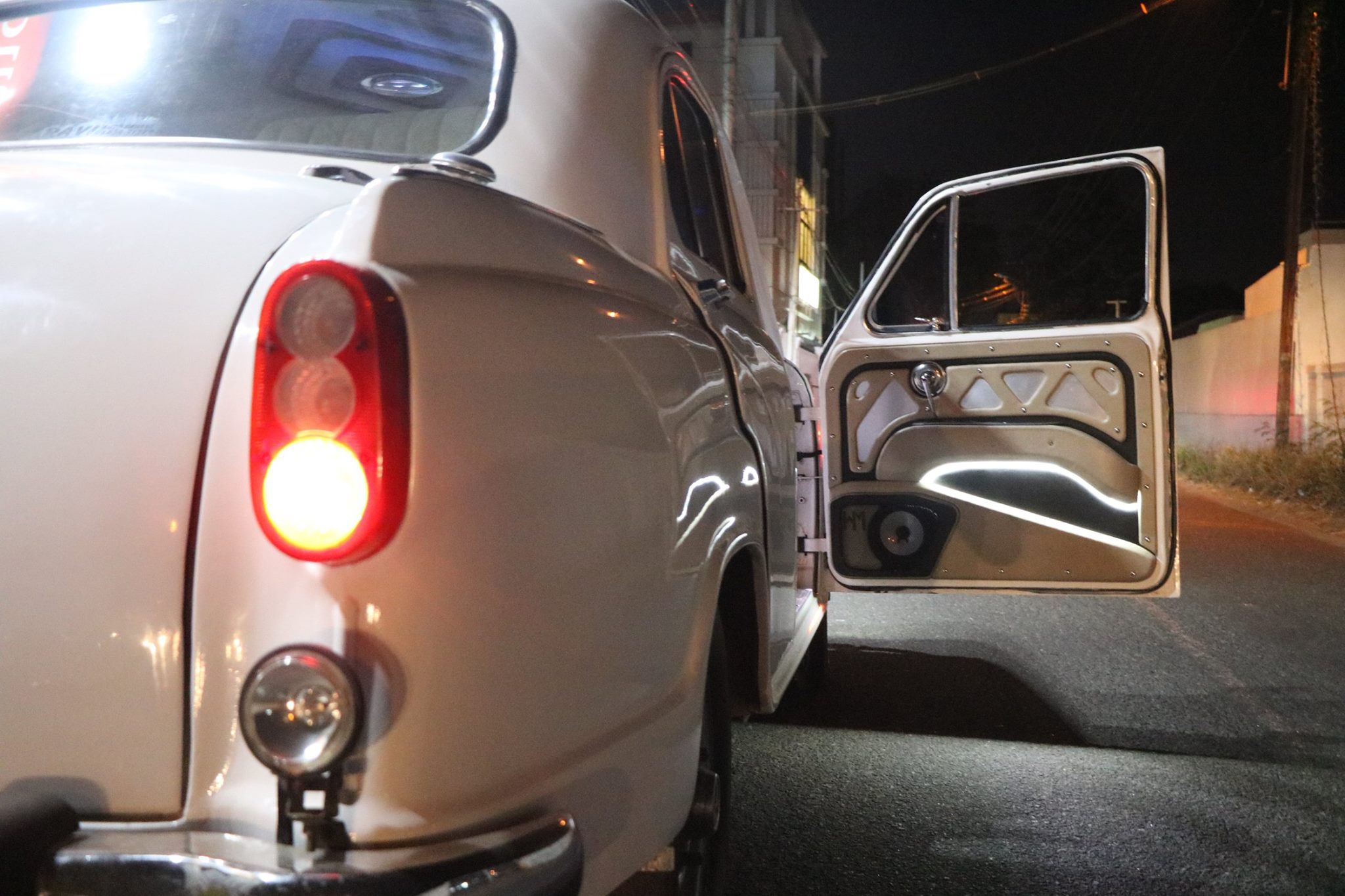
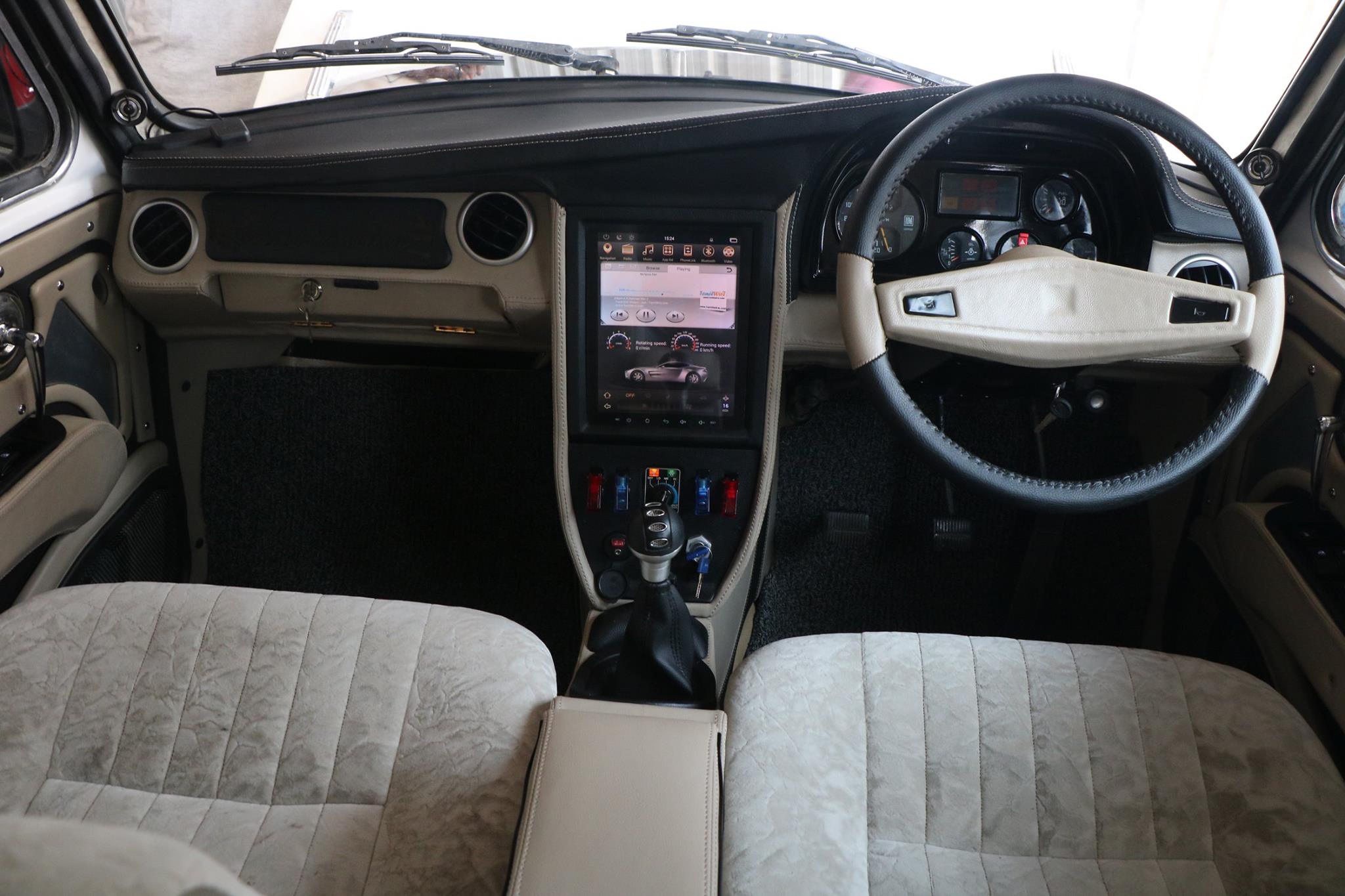
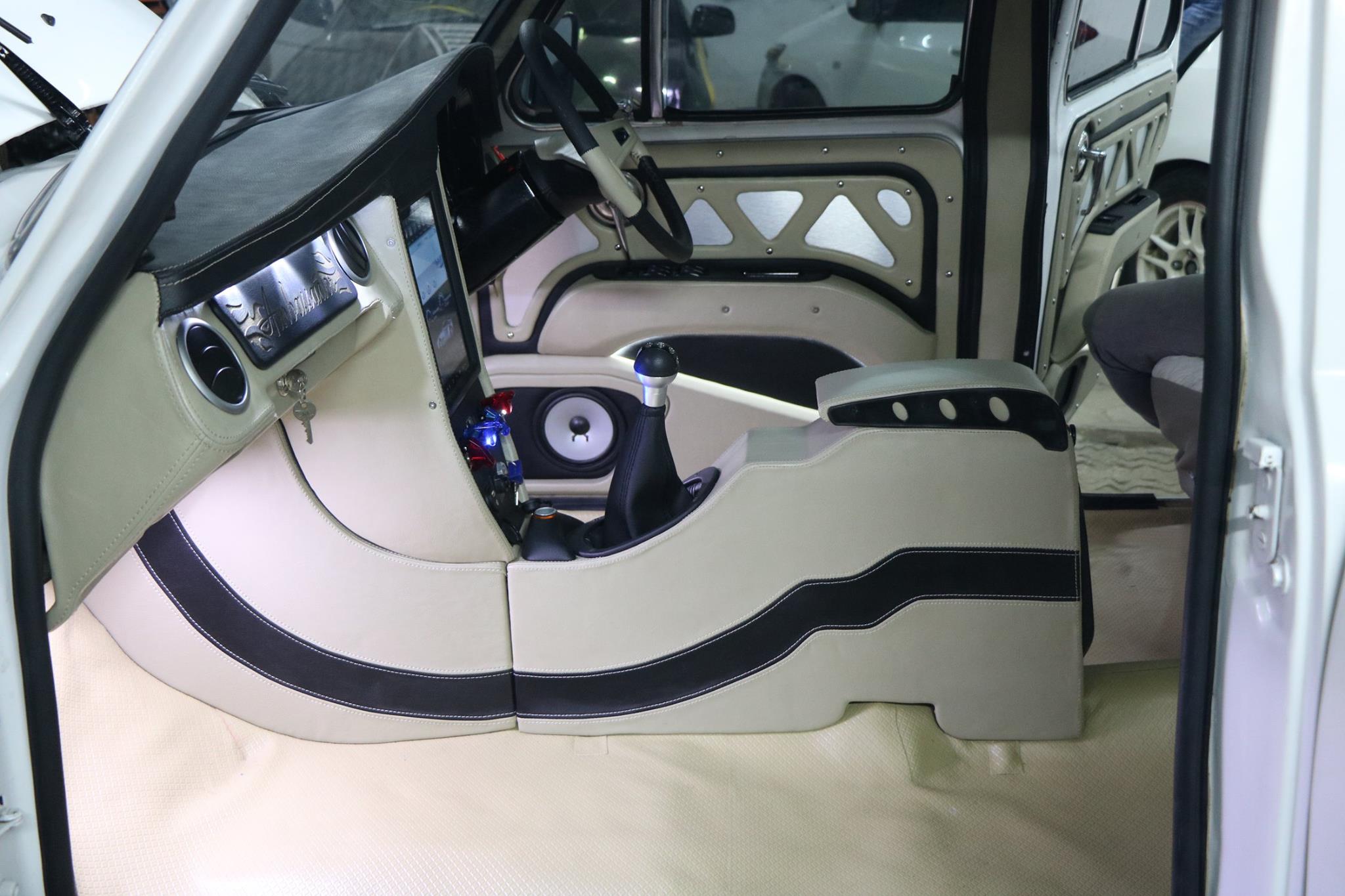
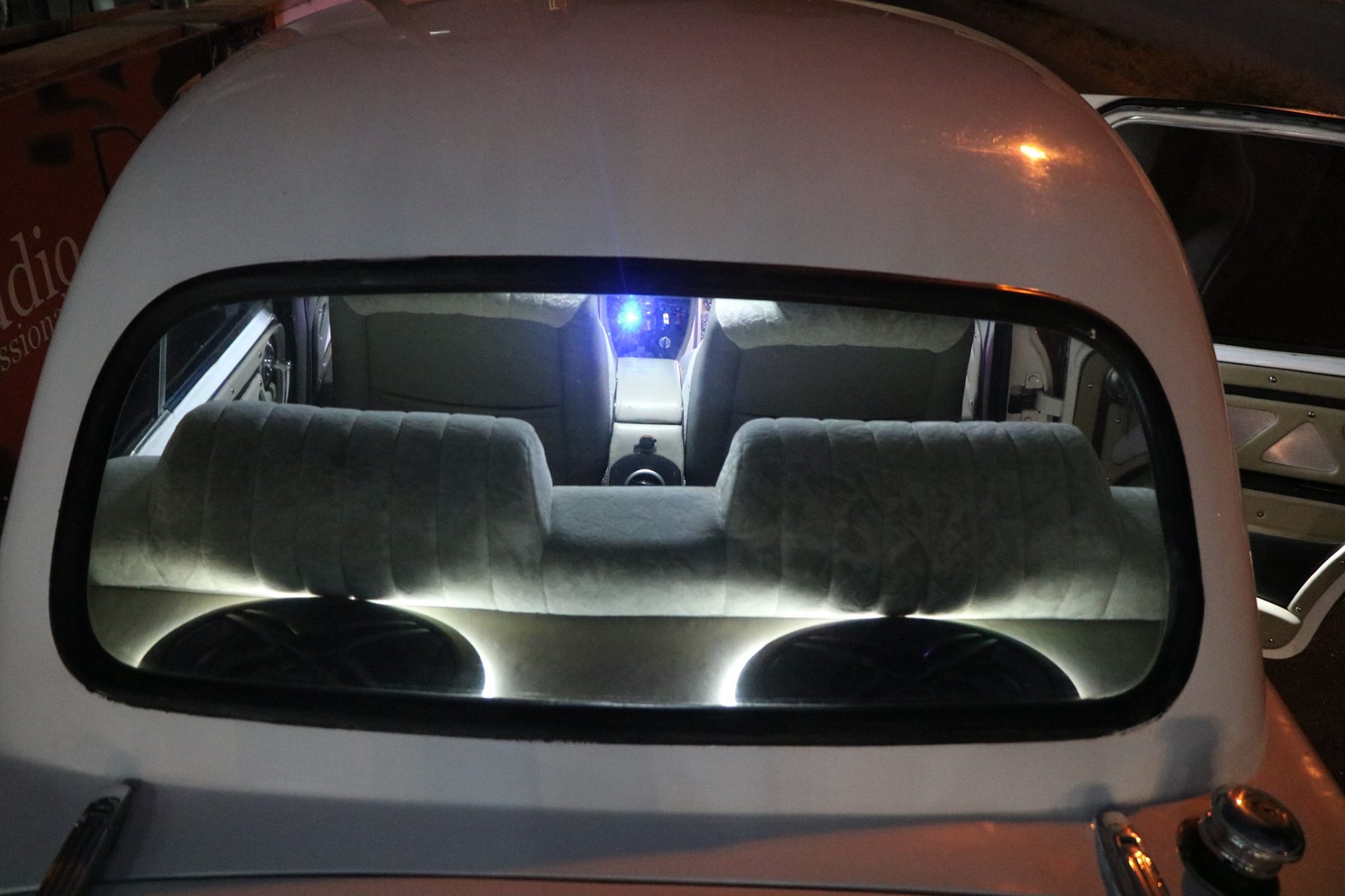
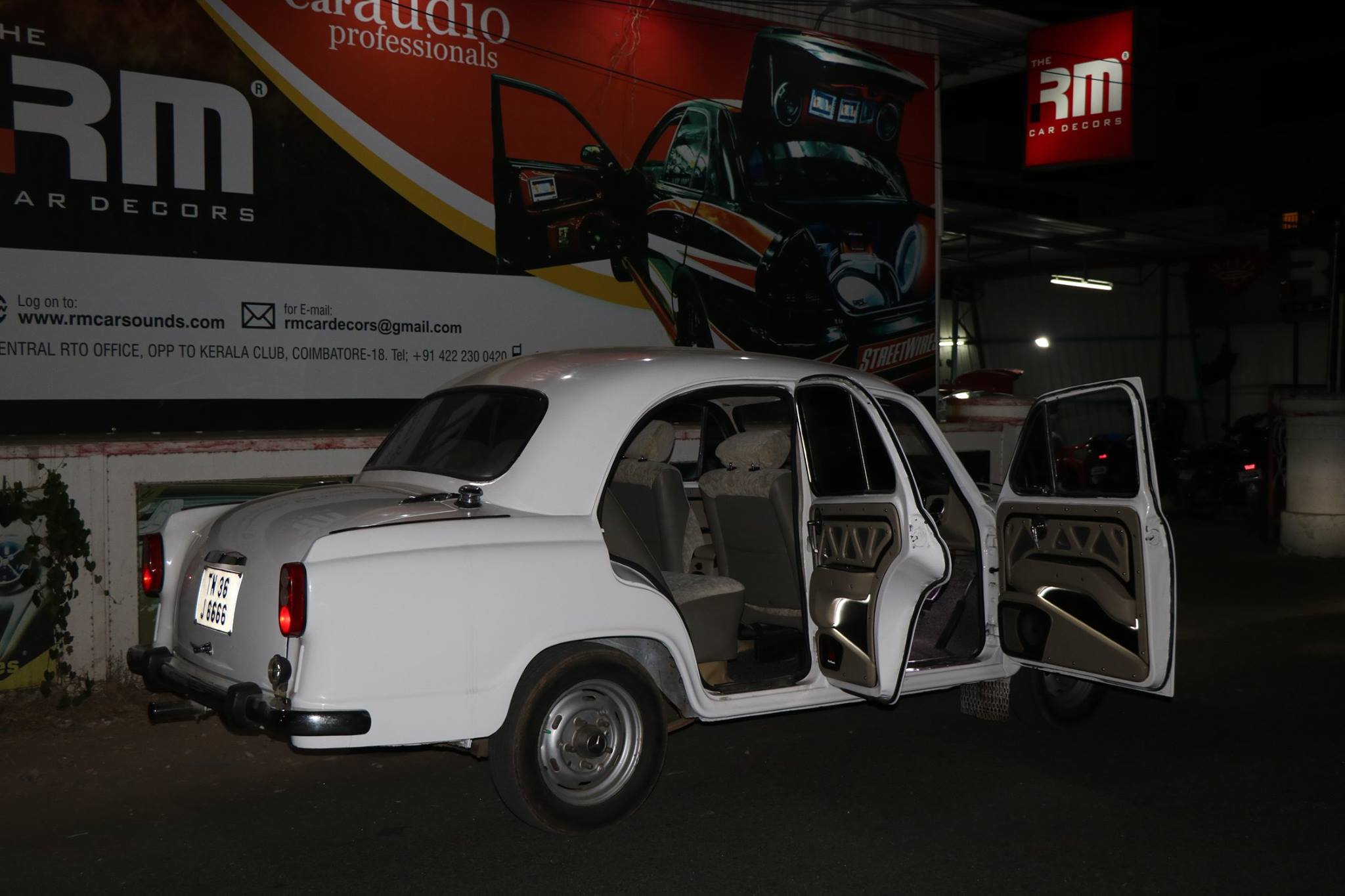
Despite its British origins, the Ambassador is considered as a definitive Indian car and is fondly called the “king of Indian roads”. The automobile was manufactured by Hindustan Motors at its Uttarpara plant near Kolkata, West Bengal and at Sriperumbudur near Chennai, Tamil Nadu.
The Ambassador was basically the same Morris Oxford Series – III, launched by Morris, then a part of British Motor Corporation. In 1956 it sold the rights and tooling to Hindustan Motors as it had done for its previous Series – I and Series – II models which were sold by Hindustan Motors as Hindustan 10 and Landmaster. The Series -III model itself was a derivative of the Morris Oxford Series – II model which was developed prior to the Austin and Morris merger.
The car was quite spacious due to its semi-monocoque design which was quite an advancement in the early 1950s in vehicle engineering. The car was designed by Alec Issigonis whose other famous designs were Mini and Morris Minor.
Hindustan Motors Limited (HM), part of the Birla group was India’s pioneering car manufacturing company and later a flagship company of the C.K. Birla Group. The company was established just before Indian independence, in 1942 by B.M. Birla. They began operations in a small assembly plant in Port Okha near Gujarat by assembling the then Morris 10 as the Hindustan 10.
In the mid-1950s, they planned to upgrade their then existing Hindustan models based on the Morris Oxford Series Il (Hindustan Landmaster), they eventually acquired rights for the new Morris Oxford Series III. The car initially came with a side-valve engine but was later improved to an overhead-valve engine. Also the car at that point was quite an innovation with a fully enclosed monocoque chassis, which is why it is spacious inside.
The Morris MO Series models (the earlier one and its next model with a new front grille) were by 1949 introduced, as the Hindustan 14. The production continued till 1954, after which the Landmaster based on the Morris Oxford Series II was introduced, with the same 1476 cc side valve engine, drawn from the earlier Hindustan 14. The same engine was used for the older Ambassadors Mark I from 1958 till 1960.
Ambassador was one of the few cars that were in production following the 1954 government policy of promoting indigenous Automobile industry, it had a market dominance for its spacious size compared to its rivals like Premier Padmini and Standard 10. But post mid-80’s began losing its dominance when Maruti Suzuki introduced its modern design low-priced 800 hatchback.
It lost further cachet and market share when global automakers began setting up shop in India in the mid-1990s, offering models with contemporary designs and technology. The Ambassador has remained the choice of a dwindling share of bureaucrats and politicians, and in some Southern states and Kolkata taxi segment. It is also still in use as a taxi in some Indian cities.
Production of Hindustan Ambassador at its plants outside the cities of Kolkata and Chennai ended due to weak demand and financing problems. Prior to the cancellation, the company had sold 2,200 Ambassadors in the financial year which ended in March 2014, only a tenth of the sales the Ambassador reached in the mid-eighties.
The Ambassador remained in continuous production from its inception, with very few improvements or changes. In 1948, Hindustan Motors shifted its assembly plant from Port Okha in Gujarat to Uttarpara/Hindmotor in West Bengal’s Hooghly district and strengthened its manufacturing capacity in the automobile segment.
The 1954 Morris Oxford series II in India was licence-built at Uttarpara, (Hooghly district), West Bengal, three years after its debut in England and labelled as the 1957 Hindustan Landmaster.
Engaged in the manufacture of the Ambassador, Contessa and utility vehicles like the Trekker, Porter and Pushpak, the plant also has to its credit many innovations and improvements in the automobile industry in India. Hindustan Motors is the only manufacturing facility in the world to manufacture parts for Bedford trucks currently.
Sale of Ambassador taxis has been outlawed since 1 April 2011, a year after BS IV emission standards were rolled out in 11 Indian cities, including Kolkata.
In later years, Hindustan Motors fitted the cars with a cleaner diesel engine in order to comply with new emission rules, allowing it to resume taxi service in cities such as Kolkata, one of the cities in which the vehicle had been banned.

